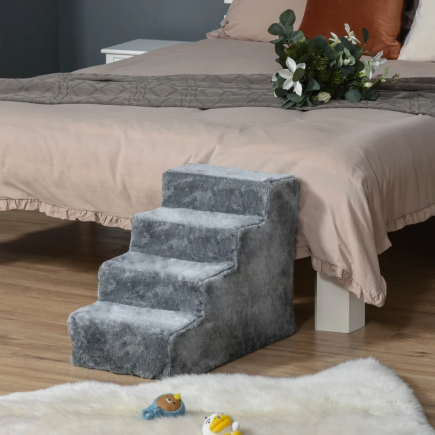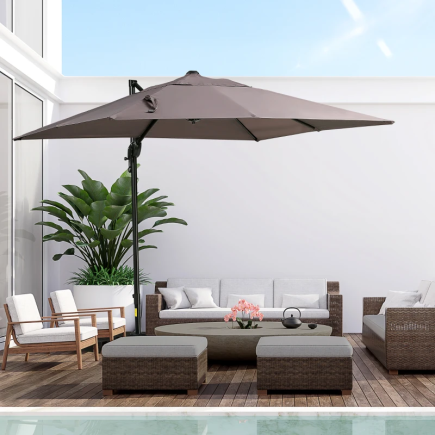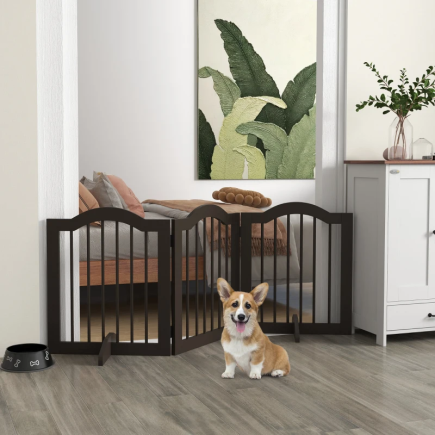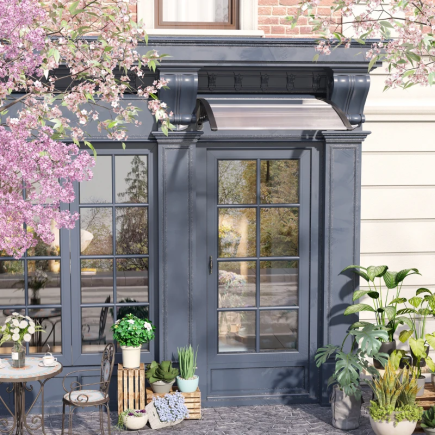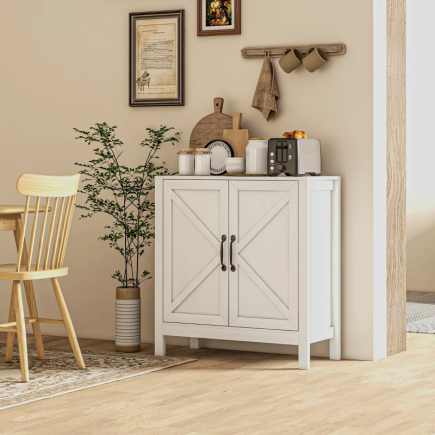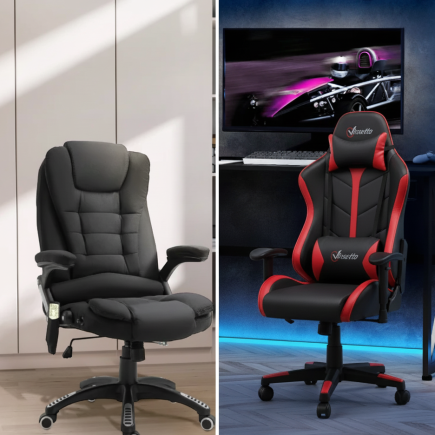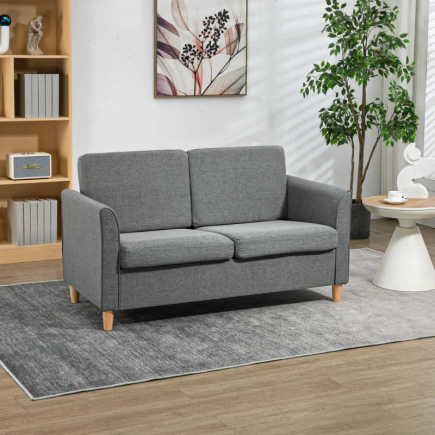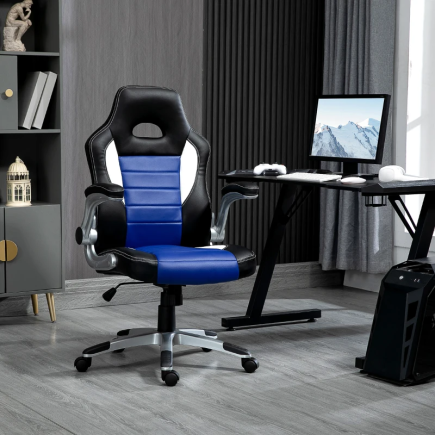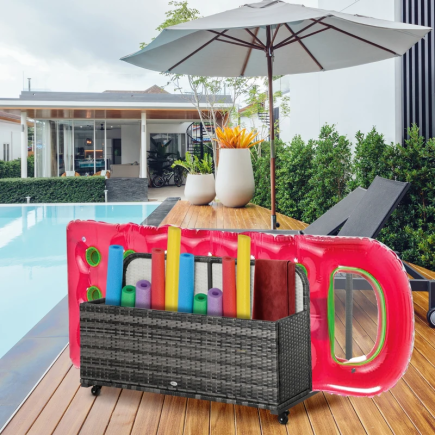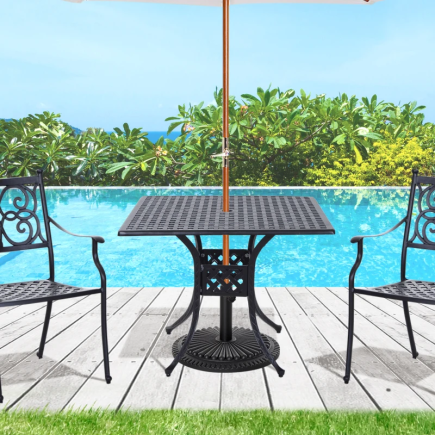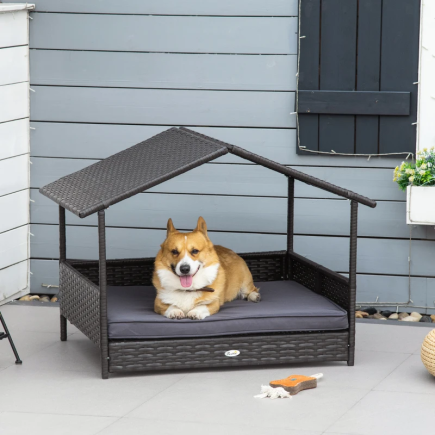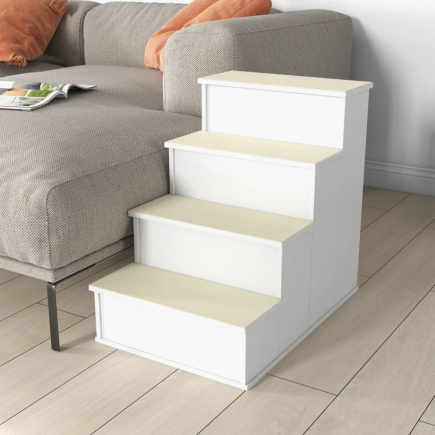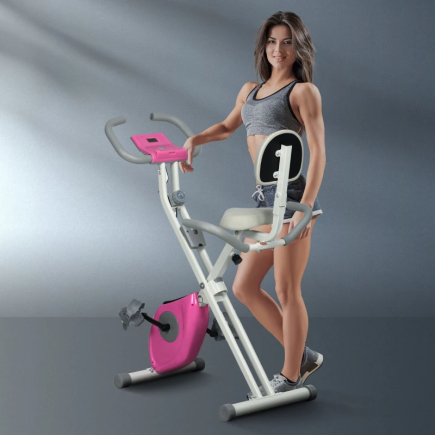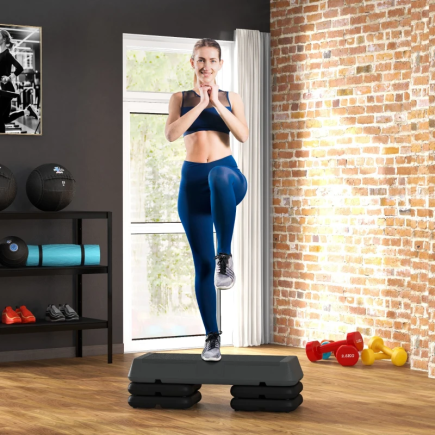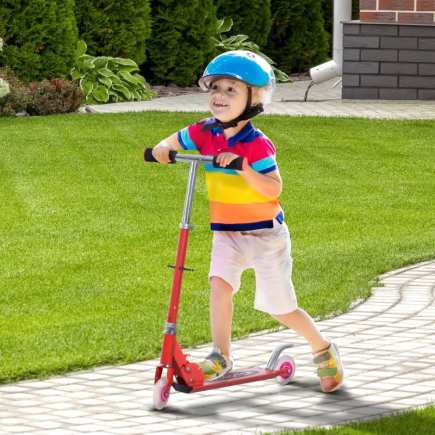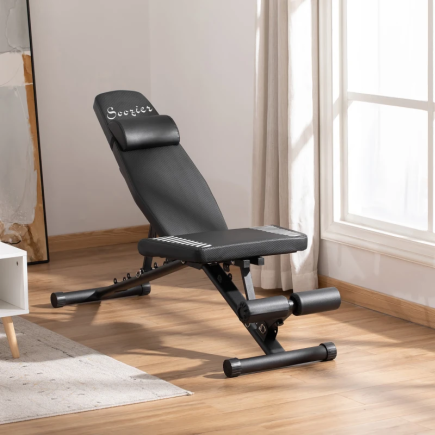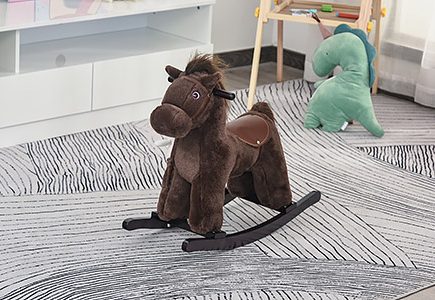Pop up tents and dome tents are two of the most common tent styles available today. Both have their place in the camping world, but they cater to different user needs and travel styles. Pop up tents are known for their ease of setup and speed. Dome tents, on the other hand, are popular for their stability and weather resistance.

Understanding Tent Styles
What is a Pop Up Tent?
Pop up tents are designed to spring into shape automatically. Thanks to their pre-attached frame system, they can be ready to use in just seconds, no poles, no instructions, just unzip and toss.
Best for:
- Weekend getaways
- Festivals and beach camping
- First-time or solo campers

What is a Dome Tent?
Dome tents use intersecting poles to form a rounded structure. This design gives them strength and better wind resistance, while also providing decent interior space and headroom.
Best for:
- Multi-day trips
- Camping in unpredictable weather
- Families or groups who need more space

Ease of Setup and Convenience
| Feature | Pop Up Tent | Dome Tent |
| Setup Time | Under 30 seconds | 5–15 minutes |
| Skill Level Needed | Beginner | Beginner to Intermediate |
| Ideal for Late Arrivals | Yes | Not ideal |
| Tools or Assembly Required | None | Yes – poles, stakes, clips |

Pop up tents are unbeatable for speed. But dome tents, while taking longer to set up, offer a sturdier, longer-lasting shelter.
Portability and Travel Readiness
| Comparison | Pop Up Tent | Dome Tent |
| Packed Shape | Flat circular disc | Rectangular carry bag |
| Backpack Friendly | No | Yes (small sizes) |
| Car Storage Fit | Can be bulky | Easier to pack and stack |
| Weight | Moderate | Lightweight (2–4 person models) |

Pop ups are great for quick car trips, but dome tents win when portability matters, especially for hiking or packing light.
Weather Protection and Tent Performance
| Tent Feature | Pop Up Tent | Dome Tent |
| Wind Resistance | Poor to Fair | Good to Excellent |
| Rain Protection | Basic (short rainfly) | Strong (extended rainfly) |
| Cold Weather Use | Not recommended | Many 3-season models available |

Tip: If your trip involves wind, rain, or variable weather, a dome tent is the safer and more comfortable choice.
Seasonal Suitability
| Tent Type | Best Season Use | Handles Rain? | Handles Wind? |
| Pop Up | Summer, dry conditions | Light rain | Light breeze |
| Dome | Spring to Fall | Heavy rain | Gusty winds |
Pop up tents work best in fair conditions. Dome tents can handle tougher weather and are suitable for most of the year.
Interior Space and Comfort
| Tent Size | Pop Up Tent | Dome Tent |
| 2-person | Tight for gear, sleep only | More interior flexibility |
| 4-person | Cramped | Can fit gear + people better |
| 6+ person | Rare | Available, often with dividers |

Headroom: Most pop up tents are low-profile, requiring crouching. Dome tents allow sitting and sometimes standing, depending on height and size.
Ventilation: Dome tents typically include larger mesh panels, skylights, and vents for airflow, even in rainy conditions.
Durability and Construction Quality
| Feature | Pop Up Tent | Dome Tent |
| Frame Type | Flexible, spring-loaded | Fibreglass or aluminium poles |
| Material Strength | Thin polyester | Stronger fabrics like ripstop |
| Repair Risk | Spring fatigue, seam tears | Pole breakage, zipper issues |
| Lifespan | 1–3 seasons | 3–7 seasons with care |
Longevity Tip: Dry your tent before storing and use a groundsheet to prevent premature wear.
Features and Accessories
| Feature | Pop Up Tent | Dome Tent |
| Gear Storage | Rare or limited | Multiple pockets, lofts, hooks |
| Multiple Doors | Uncommon | Often included |
| Vestibules/Add-Ons | Not supported | Available on many models |
| Compatibility with Tarps | Limited | Yes – often encouraged |
Pop up tents are designed for simplicity. Dome tents offer more flexibility and interior comfort features.
Design and Visual Appeal
Pop up tents often come in bold colours and fun designs, ideal for festivals and casual settings. Dome tents typically offer neutral colours, blending better into natural environments, great for trails, forested areas, or backcountry camping.

Environmental and Sustainability Options
Eco-friendly options are more common in dome tent lines, especially among premium brands using recycled materials or low-chemical waterproof coatings. Budget pop up tents rarely advertise sustainability features.
Best Tent by Trip Type
| Camping Scenario | Best Tent Type | Reason |
| Music Festivals | Pop Up | Speed, ease, bold designs |
| Weekend Getaways | Pop Up | Light use, fast pack-in/pack-out |
| Family Camping Trips | Dome | Size, stability, comfort |
| Solo Hiking/Backpacking | Dome | Lightweight, compact, weather-ready |
| Rainy/Mountain Trips | Dome | Full coverage, better anchoring |
Pros and Cons at a Glance
Pop Up Tent
| Pros | Cons |
| Instant setup | Poor wind/rain protection |
| Lightweight | Bulky when packed |
| Great for casual use | Low interior space |
| Beginner-friendly | Limited features |
Dome Tent
| Pros | Cons |
| Great weather resistance | Takes longer to pitch |
| Versatile sizes | Can be heavier (in large models) |
| Durable for long-term use | Higher upfront cost |
| Better interior space | Needs more setup area |
Which One’s Right for You?
Go With a Pop Up Tent If:
- You’re new to camping or prefer simplicity
- You camp only in summer and dry weather
- You want fast setup for quick trips or events
Choose a Dome Tent If:
- You want to camp year-round or in mixed conditions
- You’re hiking, backpacking, or on extended trips
- You want better durability and comfort over time
In the end, both tents serve their purpose. Pop up tents are about speed, simplicity, and casual use, while dome tents focus on reliability, versatility, and long-term use. Your choice depends on your goals: is it a quick weekend escape or a multi-day adventure?
Choose the Camping Tent that complements how you explore the outdoors, and no matter where you pitch it, your tent should support not just your sleep, but your whole experience under the sky.
FAQs
1. Are pop-up tents better than normal tents?
Pop-up tents are faster to set up and pack away, but regular tents offer better durability, wind protection, and larger capacity options.
2. Can pop-up tents withstand rain?
Pop-up tents can handle light to moderate rain if made from quality water-resistant materials, but they may struggle in heavy or prolonged downpours.
3. Which tent type offers better UV protection during sunny trips?
Dome tents often use thicker, UV-resistant materials, offering more reliable protection against sun exposure than typical pop-up tents.
4. Can I use a groundsheet with both pop-up and dome tents?
Yes, a groundsheet can extend the life of both types by adding a moisture barrier and reducing wear on the tent floor.

